Review: Nomads; The Wanderers Who Shaped Our World by Anthony Sattin
Exploring the contribution of nomadic communities like the Mongols, Xiongnu, Mughals, Safavids and Ottomans to construct an alternative history
For most people, the Mongols might bring to mind carnage and cruelty. But British writer Anthony Sattin, author of Nomads, describes their legacy differently: “The Mongol peace, more even than the pax Romana, connected the world through trade, and many people became very rich, including those native people whom Mongols had chosen as their tax collectors.”
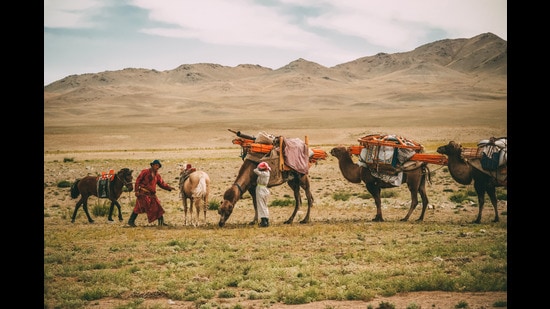
Sattin parses evidence from contemporary accounts, reading between the lines to nuance the histories that fixate on Mongol massacres. He writes about how they espoused democracy, meritocracy, freedom of religion and universal education (for boys) and precipitated “a revolution of ideas and gossip, conventions and behaviour that would transform the world and nourish the European Renaissance.”
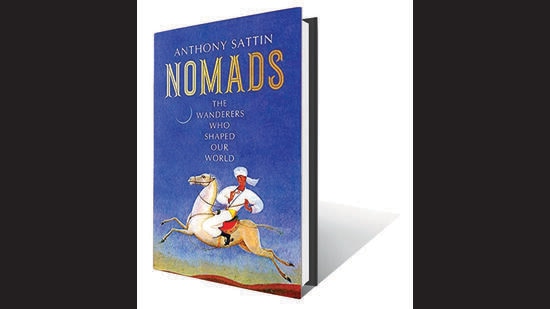
Along with Mongols, Sattin explores other contribution of other nomadic communities “from the Persian, Xiongnu and Han to Mongols, Mughals, Safavids and Ottomans” to construct an alternative history. With this, he challenges the Eurocentric notion of the universality of the empires of Egypt, Greece and Rome.
The book is not just about history, but also what constitutes history and how we can formulate other versions of it. Sattin looks beyond the monuments and manuscripts of grand civilisations to glean the nomadic histories embedded in stories and myths. He cites the legends of Abel and Cain from the Bible, Seth and Osiris from Egypt, and Gilgamesh and Enkidu from Mesopotamia to illustrate how ancient civilisations viewed nomads vis-à-vis settled people.

In his attempt to restitute nomads at the centre of history and human progress, Sattin does not institute rigid lines between settled people and nomads. Instead, he focuses on diversity and interaction between the two. “Cohabitation and collaboration” benefitted both by facilitating access to better technologies, foreign goods and economic opportunities.
Nomads are not historical artefacts — they are relevant to our world. Their lifestyles have been in sync with their environments and respected nature’s limits. These aspects, along with their fleet-footedness, have ensured that they adapt better to adverse climate and catastrophes.
Sattin’s arguments are compelling. While they might not be novel for those familiar with alternative historiographies, others might find them strikingly revelatory. His passion for wandering and wanderers animates the text, making Nomads as much a lyrical exploration as a scholarly work.
Sattin’s prowess lies in picking common threads from disparate stories and ideas to weave a fascinating tale straddling millennia and continents. With a subject of this magnitude, it would have been easy to flounder in a morass of chronologies and events. But he deftly segues from the oldest life-size human figure, carved around 10,000 BC and discovered in modern-day Turkey, to the Huns, Abbasids and European notions of dominion over nature. He explains how the differences between settled and nomadic manifest in the binaries of ploughing versus herding, linear versus circular time, and lunar versus solar calendars.
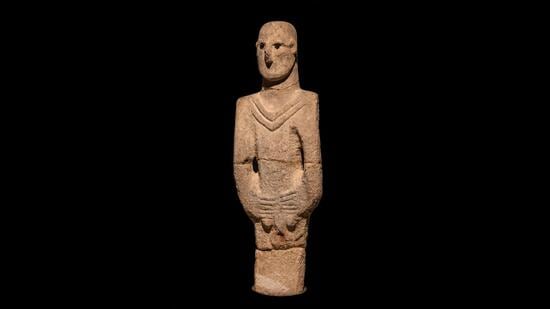
Sattin’s research is meticulous, with extensive endnotes. Yet, he drops in sweeping claims that can easily be disputed. Consider the line, “More than the domestication of crops, the ability to ride was a revolution”. It is hard to quantify such a comparison and Sattin does not bother to do it either. Instead, he lists some advantages of horses. His description of the 16th-century British playwright Christopher Marlowe as gay is not just anachronistic — many scholars contend that the evidence regarding his homosexuality is inconclusive.
While such inaccuracies are rare and do not undermine his historical arguments, they are grating when he makes forays into biology. One such assertion is: “Our activities are all linked to journeys, from that first one out of the womb to the last one into the grave, and evolution really did intend us to travel. (author’s italics) Once upon a time movement was hot-wired into all of us and some of us are still wired that way.” Not only does it mish-mash literal journeys with the metaphorical, it also makes bombastic claims. Evolution does not “intend” anything — it is merely an adaptation to environmental conditions, random rather than premeditated. Besides, “movement was hot-wired” is a vague formulation that can mean different things in different contexts. Regardless, there is no scientific evidence that the desire to travel is or was instinctual. In contrast, Sattin is more nuanced when discussing DRD4-7R, a supposed “nomadic gene”.
Considering that Sattin makes a strong case for how nomads shaped history, the arguments from the standpoint of human nature are redundant. It does not help that they are largely baseless and veer to the mystical. The author’s valorisation of wandering and travel would have been harmless if it came with riders. But he lumps the nomads of yore with contemporary categories: “some digital nomads”, “travellers, wanderers, vagrants, the houseless and migrants”.
This is a problem because the nomads he lauds for their minimal carbon footprint or migrants are not comparable to leisure jetsetters or the digital nomad spending summer in Lisbon and winter in Chiang Mai. Aviation and tourism are highly carbon-intensive and contribute to the environmental degradation that Sattin rails against. I wish he had explicitly emphasised these distinctions while romanticising vagrancy.
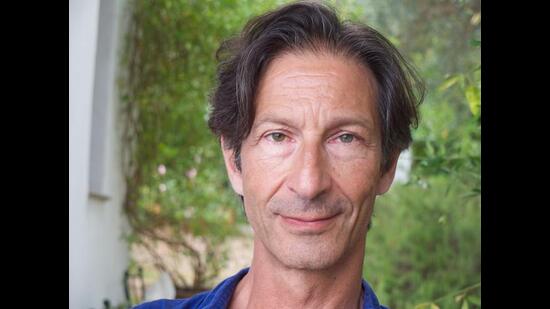
Alternatively, it would have been good to read about nomadic communities today and how they are grappling with modernisation and ecological loss. Sattin writes about Bakhtiari tribe members in Iran as he travels with them, but those pages focus on what we have lost by giving up nomadic for settled life.
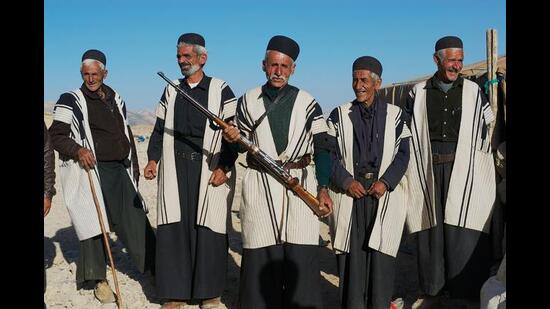
Regardless, the book’s shortcomings are negligible and pale before its brilliance. Like David Graeber’s Debt: The First 5,000 Years, Nomads unsettles common assumptions and illumines how our world took shape. It is reminiscent of Peggy Mohan’s Wanderers, Kings, Merchants: The Story of India Through Its Languages in its exploration of how migration and movement have shaped societies. And like Marcia Bjornerud’s Timefulness: How Thinking Like a Geologist Can Help Save the World, it provides a grand perspective sweeping across epochs, which could engender different, more sustainable ways of life.
Syed Saad Ahmed is a writer and communications professional.





